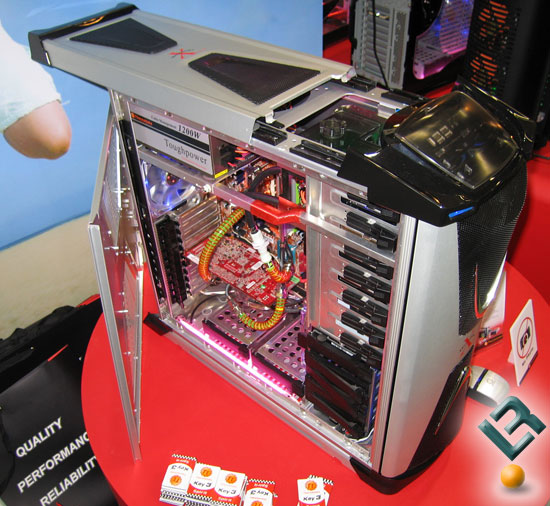SOS /sɔːs/, which stands for the Sophisticated Operating System, was the computer operating system released in 1980 that was used by the ill-fated Apple III computer. Despite the failure of the Apple III, SOS was a very forward-thinking operating system in many ways and its features influenced the design of ProDOS that was later released for the Apple //e and later Apple II computers. The SOS file system also heavily influenced the design of the Macintosh Hierarchical File System.
The main interaction with SOS was through the Apple /// System Utilities program. The System Utilities program had three main sections: the Device handling commands section, the File handling commands section, and the System Configuration Program (SCP). The additional benefit of SOS over older Apple DOS versions was the ability to use device drivers to support devices such as hard disk drives and RAM drives in addition to 5.25-inch floppy disk drives.
In spite of SOS's advantages, it wasn't natively backward compatible with DOS 3.2 and DOS 3.3, which most Apple II software used at the time. Many average computer users also weren't ready in 1980 for an operating system with the capabilities and flexible configuration options that SOS offered, especially with the Apple III's bad reputation due to poor engineering and its high retail price near $4,000 (£2,420). The IBM PC, released in 1981 at a lower price than the Apple III, sealed the fate of both the computer and its SOS operating system.SOS /sɔːs/, which stands for the Sophisticated Operating System, was the computer operating system released in 1980 that was used by the ill-fated Apple III computer. Despite the failure of the Apple III, SOS was a very forward-thinking operating system in many ways and its features influenced the design of ProDOS that was later released for the Apple //e and later Apple II computers. The SOS file system also heavily influenced the design of the Macintosh Hierarchical File System.
The main interaction with SOS was through the Apple /// System Utilities program. The System Utilities program had three main sections: the Device handling commands section, the File handling commands section, and the System Configuration Program (SCP). The additional benefit of SOS over older Apple DOS versions was the ability to use device drivers to support devices such as hard disk drives and RAM drives in addition to 5.25-inch floppy disk drives.
In spite of SOS's advantages, it wasn't natively backward compatible with DOS 3.2 and DOS 3.3, which most Apple II software used at the time. Many average computer users also weren't ready in 1980 for an operating system with the capabilities and flexible configuration options that SOS offered, especially with the Apple III's bad reputation due to poor engineering and its high retail price near $4,000 (£2,420). The IBM PC, released in 1981 at a lower price than the Apple III, sealed the fate of both the computer and its SOS operating system.




 Windows Home Server
Windows Home Server 





